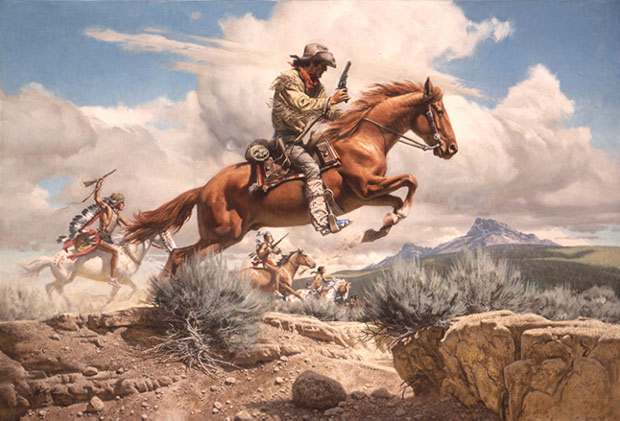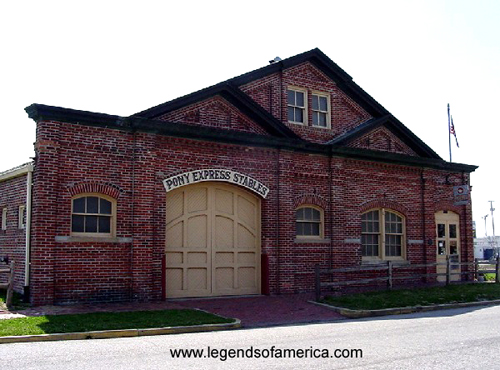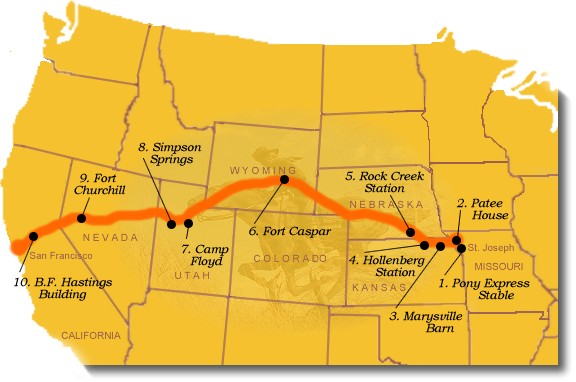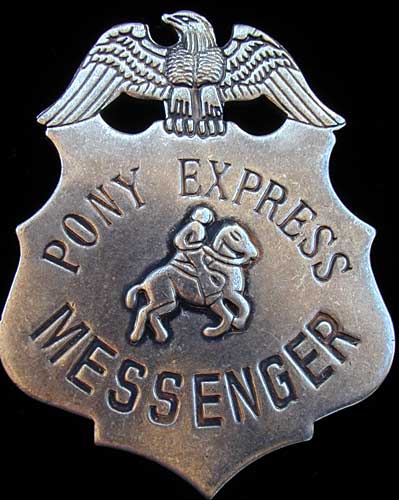
Why? These amazing facts and statistics are informative, fascinating, fun to forward to friends, and occasionally hysterical. This post is unbelievably hysterical. We promise. Read it. Click on the little envelope-shaped icon at the very bottom of the whole BLUE THING POSTING, and send this to 10 friends, colleagues or business associates with your own custom transmittal email attached. They'll thank you. Oh yes. They surely will.
NOW FEATURING A TAG CLOUD FOR THE WEEK - This cloud is generated from the TNNW RSS Feed and Daily Email Blog at http://TheNationalNetworker.blogspot.com
(You should be getting either the RSS Feed or the Daily Email to supplement your membership). The cloud is featured below, following the Amazing New Facts and Statistics.
We strongly encourage READER PARTICIPATION.
If you have an amazing fact, statistic or hysterical story to share with out readership, tell us right now. Don't be selfish. Share if you care. Just click:
You are invited to submit your favorite amazing fact or little-known statistic and get it published here, boldly showcased in the perfectly rectangular enclosure of BLUE THING #3. But be advised that you must be a subscriber in order to participate. If you're not already a subscriber, click on the following link before you read on: http://twitlik.com/IN. If you are already a subscriber, please proceed to the next paragraph for "the elevator pitch."
In honor of the 1st Pony Express reaching Sacramento, CA on April 13, 1860, we proudly present:
Purpose:
To provide the fastest mail delivery between St. Joseph, Missouri, and Sacramento, California. To draw public attention to the central route in hope of gaining the million dollar government mail contract for the Central Overland California and Pikes Peak Express Company.Date:
April 3, 1860 to late October 1861.Mechanics:
Relay of mail by horses and riders. The Pony Express ran day and night, summer and winter.Riders:
183 men are known to have ridden for the Pony Express during its operation of just over 18 months.Rider Qualifications:
Ad in California newspaper read: "Wanted. Young, skinny, wiry fellows. Not over 18. Must be expert riders. Willing to risk death daily. Orphans preferred." Most riders were around 20. Youngest was 11. Oldest was mid-40s. Not many were orphans. Usually weighed around 120 pounds.Riders Pay
$100 per month.First Riders:
Johnny Fry was first westbound rider from St. Joseph. Billy Hamilton was first eastbound driver from Sacramento.Rider Relay:
New riders took over every 75 to 100 miles.Horse Relay:
Riders got a fresh horse every 10 to 15 miles.Speed:
Horses traveled an average of 10 miles per hour.Horses:
400 horses purchased to stock the Pony Express route. Thoroughbreds, mustangs, pintos, and Morgans were often used.Stations:
Approximately 165 stations.Trail Length:
Almost 2,000 miles.Route:
St. Joseph, Missouri to Sacramento, California. Through the present day states of Kansas, Nebraska, northeast corner of Colorado, Wyoming, Utah, Nevada, and California.Departure:
Once a week from April 3 to mid-June 1860. Twice a week from mid-June to late October 1861. Departures were from both the east and the west.Schedule:
10 days in summer. 12 to 16 days in winter.Fastest Delivery:
7 days and 17 hours between telegraph lines. Lincoln's Inaugural Address.Longest Drive:
Pony Bob Haslam rode 370 miles (Friday's station to Smith Creek and back. This is in present-day Nevada.)Cost of Mail:
$5.00 per 1/2 ounce at the beginning. By the end of the Pony Express, the price had dropped to $1.00 per 1/2 ounce.Founders:
William Russell, Alexander Majors, and William Waddell. The company was the Central Overland California and Pikes Peak Express Company. The Pony Express was a subsidiary of the famous freight and stage company.Other Mail Routes:
Water route from New York to San Francisco and across Panama by pack mule. Southern or Butterfield route from St. Louis and Memphis to El Paso to Los Angeles to San Francisco.Telegraph Completed:
October 24, 1861. Official end of the Pony Express.Failures:
Financially, the owners spent $700,000 on the Pony Express and had a $200,000 deficit. The company failed to get the million dollar government contract because of political pressures and the outbreak of the Civil War.Successes:
Improved communication between east and west. Proved the central route could be traveled all winter. Supported the central route for the transcontinental railroad. Kept communication open to California at the beginning of the Civil War. Provided the fastest communication between east and west until the telegraph. Captured the hearts and the imagination of people all over the world.Folklore:
One mochila lost and one rider killed. Location, date and names have not been verified. [Mochila is Spanish for the leather saddlebag with four locked pouches.]The National Networker Companies
Forward/Share This Article With Colleagues And Social Media:


















